HDMI (High Definition Multimedia Interface) cables are now so commonplace that it’s easy to forget just how revolutionary this cable standard was when it first launched. A single all-digital cable that carries both HD video and multi-channel sound information is a major step up from the janky analogue cable solutions we’d all been using up to that point.
You probably don’t think about HDMI cables all that much. Your console or BluRay player probably came with one in the box or you’d just buy one from the local store, plug it in and never worry about it again. What many people may not know however is that you can use long HDMI cables over much longer distances than the roughly one-meter cables most people use.
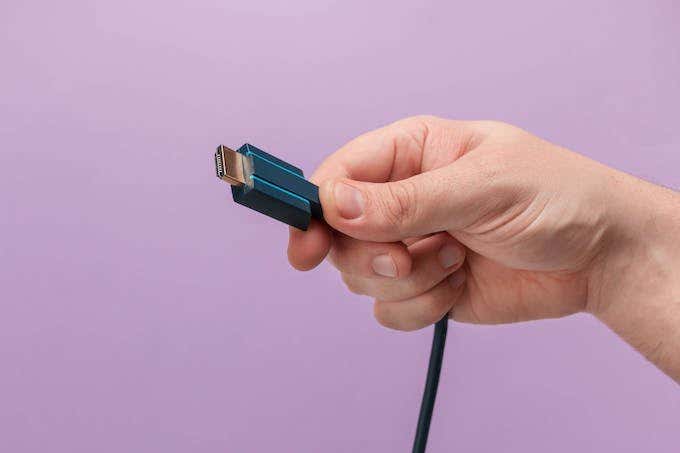
By extending your HDMI cables, you’ll open up all sorts of interesting possibilities you may never have considered. Before we get to that though, let’s establish just how long you can make an HDMI cable.
How Long Can HDMI Cables Be?
Standard HDMI cables can be bought in lengths up to 20 meters, which is just over 65 feet. That should actually be more than long enough for all but the most ambitious project, but you can go even longer with the right equipment.
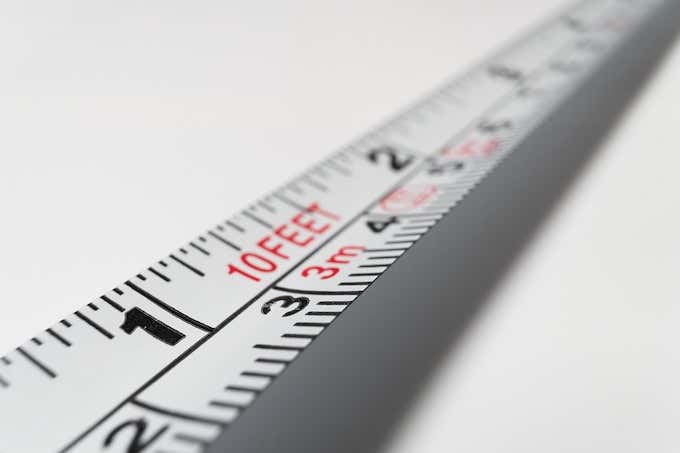
By using an HDMI repeater or other actively-powered solution you can hit some insane lengths. High-end solutions can even transmit HDMI signals over Ethernet cables, although we’re moving out of the realm of home-grade solutions.
Just keep in mind that in some cases using HDMI repeaters or truly long HDMI cables can have a noticeable effect on latency, something which matters quite a lot for applications such as video games, but not so much for home cinema.
Silent Work & Gaming
Gaming PCs, laptops and consoles can be pretty loud, so if you don’t like your work or gaming spoiled by noisy fans, you can use a long HDMI cable to run the signal from another room, a closet or some other barrier that blocks out sound.
Combined with a wireless controller, keyboard and mouse you should have little reason to physically access the machine, especially if you mainly play digital titles.

This is something that optical Thunderbolt cables may be better for in future, but right now it’s a pretty expensive and rare solution.
Keep Your Console Close By
You can also do the opposite and have your console (or other device) close to where you’re sitting and then run a long HDMI cable to a distant display. This means you can easily change discs, access ports and generally operate the machine.
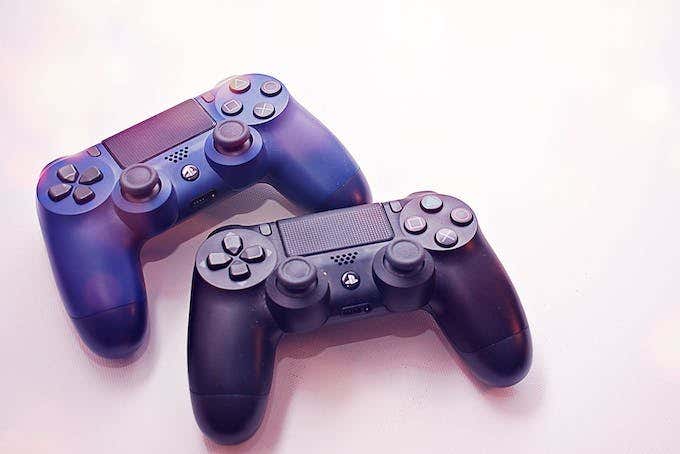
This scenario is useful if you have a screen that’s wall-mounted in a place where there’s no space for a stand. So you might as well have your console within easy reach.
Hooking Up a Projector
Home cinema projectors are not as popular as they used to be, thanks to relatively affordable large screen TVs, but if you want that cinema experience there’s still no substitute. The thing is, while the projection screen might be up front, the projector itself needs to be way back at the other end of the room.
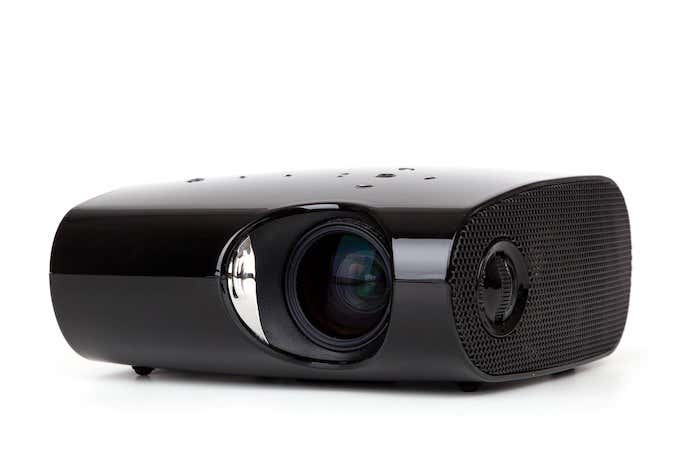
Your AV equipment has to be in front of you in order to use your remote. So long HDMI cables are invaluable when it comes to putting the projector and other equipment in the correct spots within your home cinema.
Use HDMI-CEC To Control Remote Equipment
HDMI is not a one-way street. Thanks to something called HDMI-CEC you can actually control devices connected to a TV via HDMI. For example, your TV could switch on a connected game console, use its remote to work the menus on a BluRay player or whatever else the connected device supports.
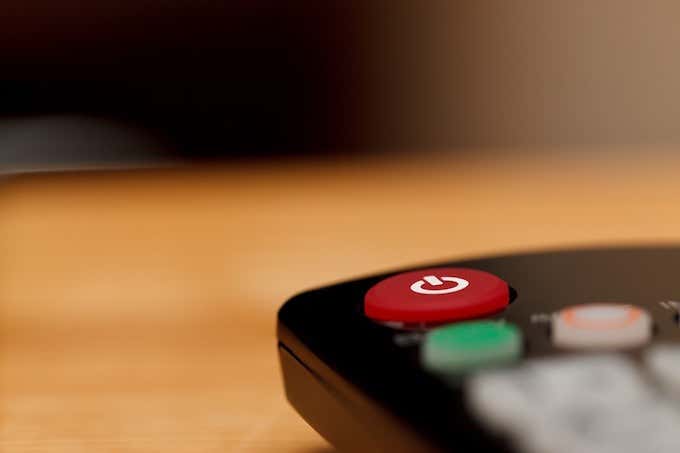
A long HDMI cable means you can control those distant devices from another room or if they are locked away in a sound-dampened cabinet. It means that your display now also doubles as a remote extender and you don’t have to worry about wireless signals passing through walls in order to make it all work.
Mirror Two TVs With a Splitter
Here’s a very cool application of long HDMI cables. You can buy an HDMI splitter and then take a single source and send it to multiple displays at the same time. You could have two TVs facing different directions or have sets in different rooms play exactly the same feed. Even better, most HDMI splitters are also signal boosters, so you can have a long HDMI cable feed into it and then have two long cables feed out of it.
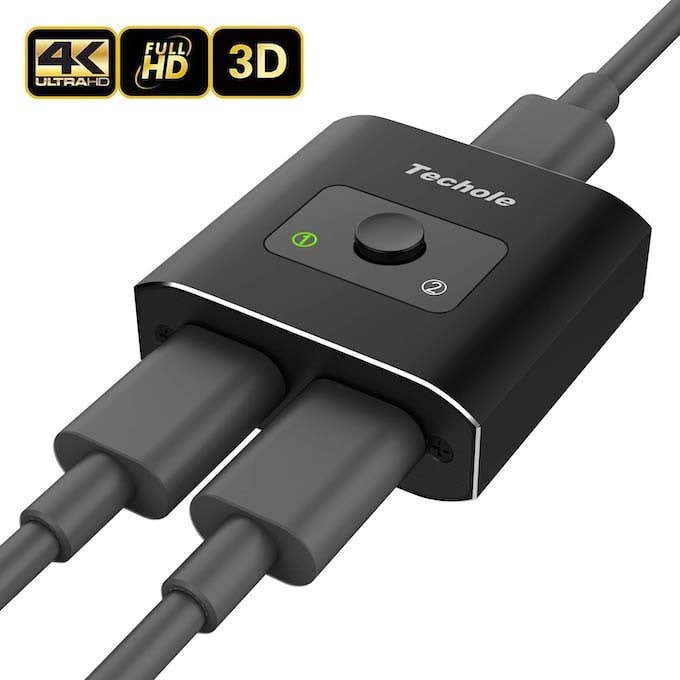
Why would you want to do this? Well there are actually many, although in a world of smart TVs and streaming services it doesn’t necessarily make all that much sense anymore. Most people still make use of satellite or cable boxes with an HDMI output. Splitting the HDMI feed with long cables would be a much better solution than using a stand
As a Substitute For Casting
If you have the right smart TV or streaming box, you can cast your phone’s screen wirelessly to your TV. This is pretty neat, but unless things are optimal it can lead to glitching or poor image quality. So why not use a long HDMI cable to connect your phone to your TV?
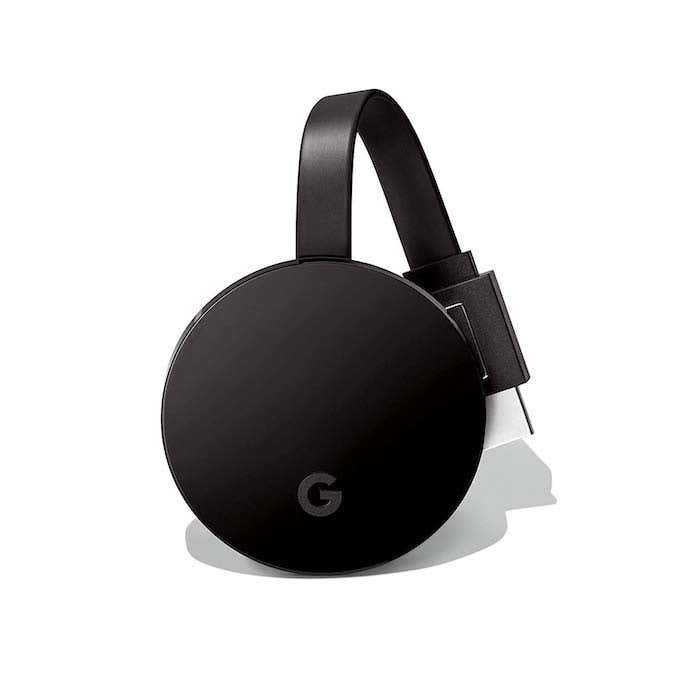
It sounds a little silly maybe, but there are some streaming apps that just don’t have smart TV apps and this is a much more reliable way of getting the picture on the big screen. Just remember that you’ll need an HDMI adapter for your phone as well.
Alternatives To Long HDMI Cables
A direct cable connection means the least number of headaches, flawless reliability (if it works properly in the first place) and, best of all, it’s often the cheapest solution around. That doesn’t mean you can’t try a few alternatives. If all you want to do is watch video content, then casting video wirelessly to a TV is really all you need. Latency doesn’t matter in this case, since watching a video is not an interactive experience.
If you actually want to cast a screen wirelessly there are also plenty of options. If you have an Apple TV device hooked up to your TV, you can use AirPlay to mirror your Mac or iOS device to it. Then there’s MiraCast, which you can buy dongles for. This is essentially wireless HDMI. Chromecast devices are another option as well.
Depending on the specific wireless technology, the level of lag may not be acceptable to you, for now a wired HDMI connection is still going to be king. There are technologies such as WiGig, which provides lag-less wireless video transmission for high-end applications such as VR.
Once technologies such as WiGig become mainstream, the need for HDMI (or any cables) could be a thing of the past, but right now it’s neither reliable nor affordable to go this way. So, for now, the humble HDMI cord is still the best overall solution for long-distance video transmission.
Related Posts
- How to Repair a Corrupted User Profile in Windows 11
- Preparing for Windows 10 End of Support: Upgrading to Windows 11
- How to Access and Change Your WiFi Router Settings (2025 Edition)
- How to Install the Latest Large Language Models (LLMs) Locally on Your Mac
- How to Find Circular References in Microsoft Excel